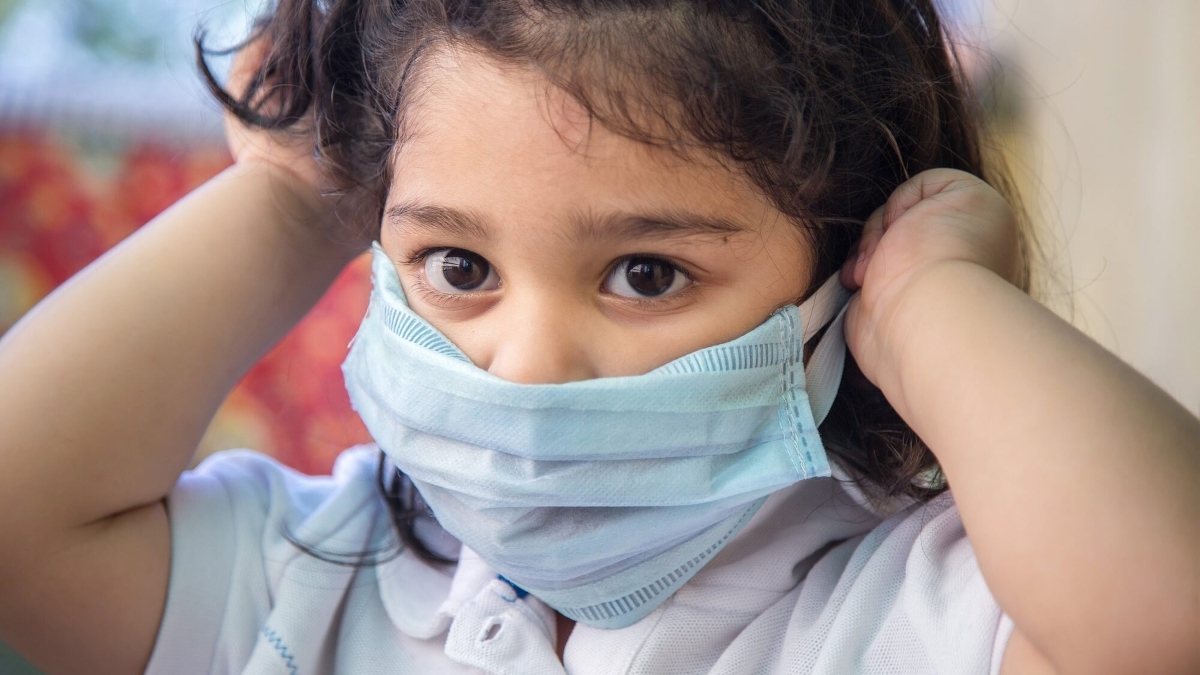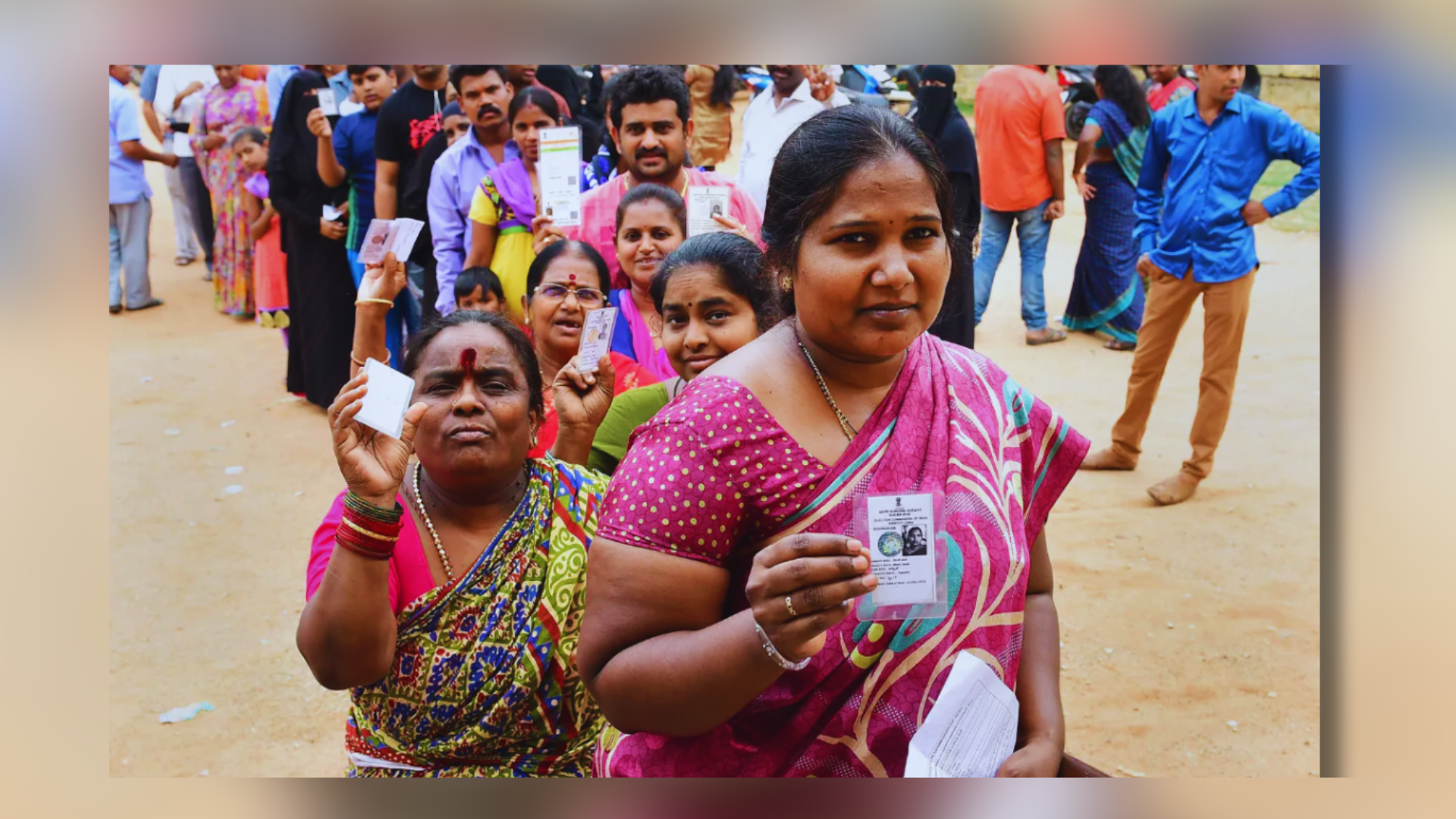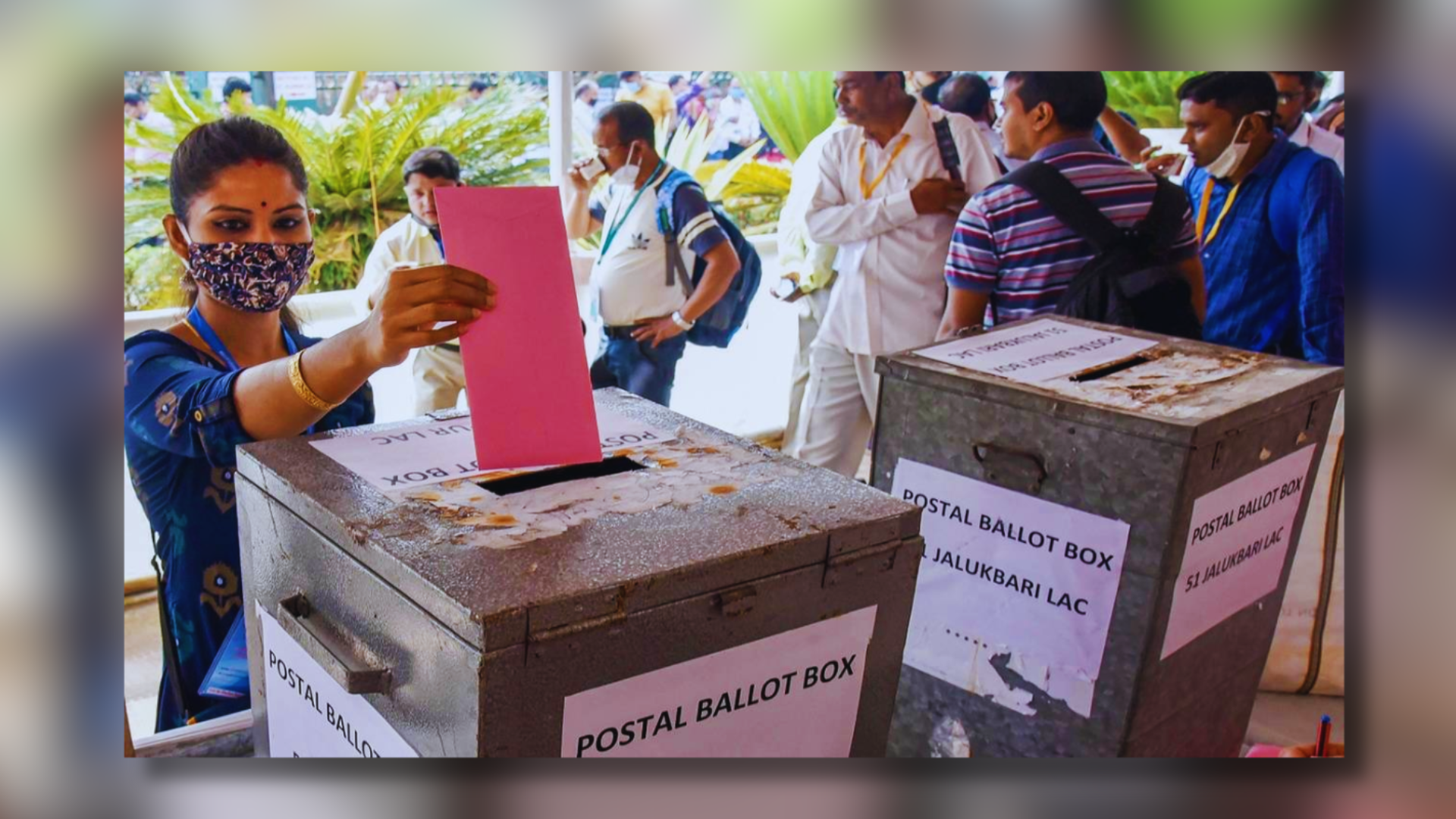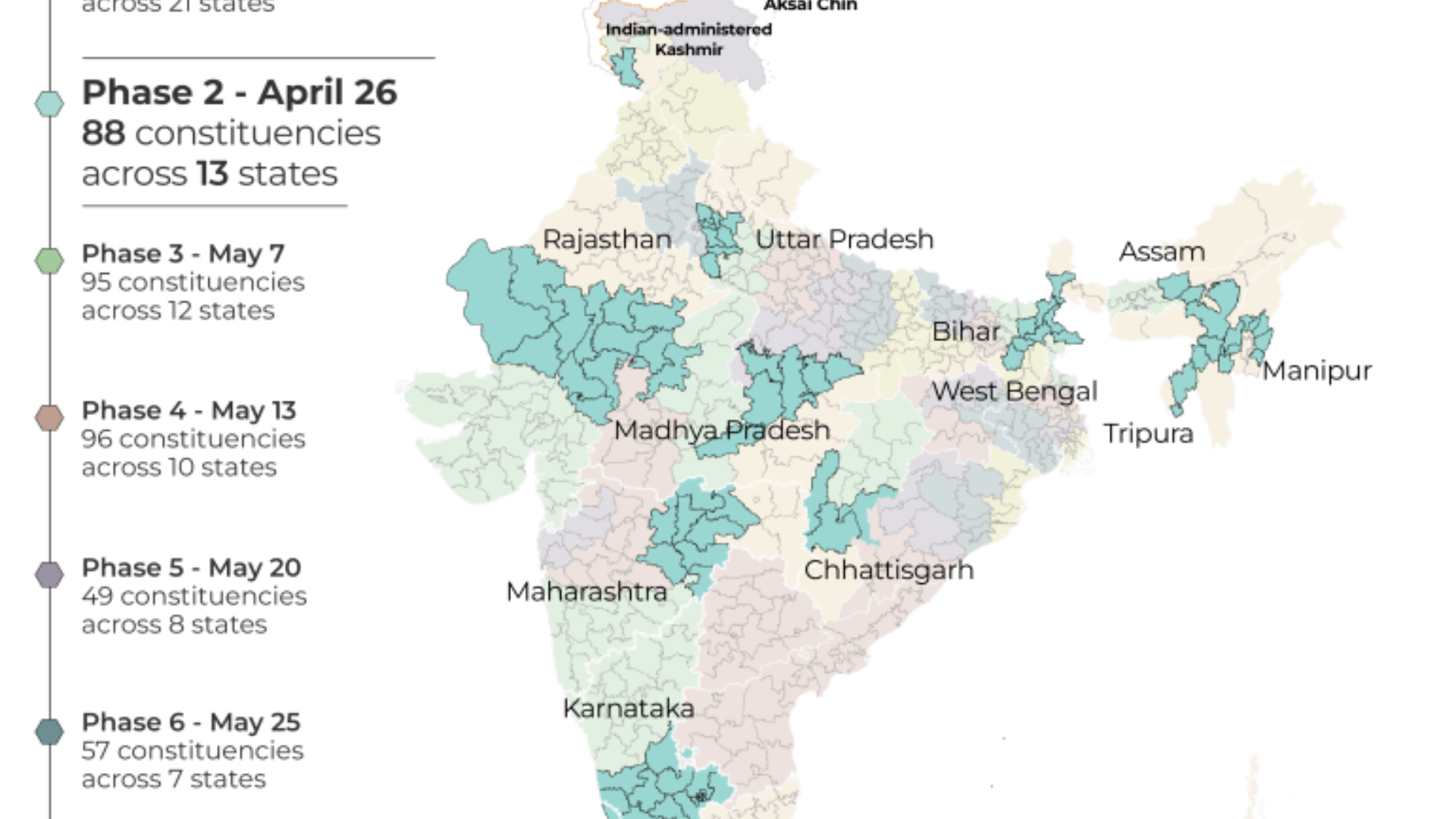










According to a recent study done by the University of Bristol, British children’s levels of physical activity were much lower by the time COVID-19-induced limitations were abolished.
The outcomes of the study have been published in the journal “International Journal of Behavioral Nutrition and Physical Activity.” According to the study, slightly more than a third of the population (36 percent) will achieve the national recommended physical activity standards by the end of 2021.
While their parents’ levels of physical activity remained constant, the National Institute for Health and Care Research-funded study discovered that 10 to 11-year-olds engaged in only 56 minutes—less than the recommended hour—of moderate to vigorous-intensity physical activity on weekdays from April to December. That’s around eight minutes less every day, a 13 percent decline from what kids their age were doing before the pandemic.
“It was surprising the extent to which children’s physical activity levels had fallen after the pandemic, indicating that changes in physical activity patterns did not revert to previous levels once freedoms had been restored,” said senior author Russ Jago, Professor of Physical Activity and Public Health.
As we emerge from the COVID-19 epidemic, these findings show a greater need to engage with children, families, schools, and communities to maximise chances for children to be physically active.
The data revealed that youngsters were less active on weekends than during the week, with just 46 minutes of moderate-to-severe physical activity on weekends. This was approximately 8 minutes slower than the activity of youngsters assessed using the same procedures prior to the epidemic.
The study, which was published today in the International Journal of Behavioural Nutrition and Physical Activity, also indicated a significant rise in sedentary time, with youngsters being inactive for 25 minutes more each day than earlier in the week.
The study, which was financed by the National Institute of Health Research, enrolled 393 children and their parents from 23 schools in the Bristol region, who wore an accelerometer to quantify the intensity of physical activity and completed a questionnaire.The data revealed that youngsters were less active on weekends than during the week, with just 46 minutes of moderate-to-severe physical activity on weekends. This was approximately 8 minutes slower than the activity of youngsters assessed using the same procedures prior to the epidemic.
The study, which was published today in the International Journal of Behavioural Nutrition and Physical Activity, also indicated a significant rise in sedentary time, with youngsters being inactive for 25 minutes more each day than earlier in the week.
The study, which was financed by the National Institute of Health Research, enrolled 393 children and their parents from 23 schools in the Bristol region, who wore an accelerometer to quantify the intensity of physical activity and completed a questionnaire.
This data was compared to that of 1,296 children and their parents collected from 50 schools in the same area prior to the epidemic.
Physical activity is essential for the health and happiness of children. The UK Chief Medical Officers (CMOs) suggest that all children and adolescents engage in one hour of moderate-to-vigorous physical activity (MVPA) every day. This is an activity that causes youngsters to become slightly heated, sweaty, and out of breath. The Chief Medical Officers also recommend that youngsters restrict their time spent sitting.
“The important feature of our study was that we used data obtained before and after the epidemic, using the same methodologies and in the same schools,” said Dr Ruth Salway, a Statistician at the university’s School for Policy Studies.
“The data clearly shows that once the limits were loosened, children’s physical activity declined. This emphasises the need of knowing how such behaviours evolve over time in order to provide appropriate support and interventions when normalcy returns.”










